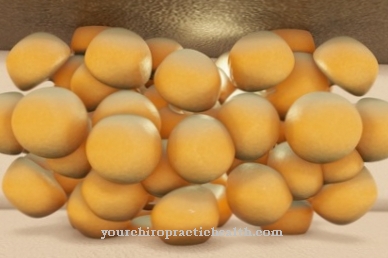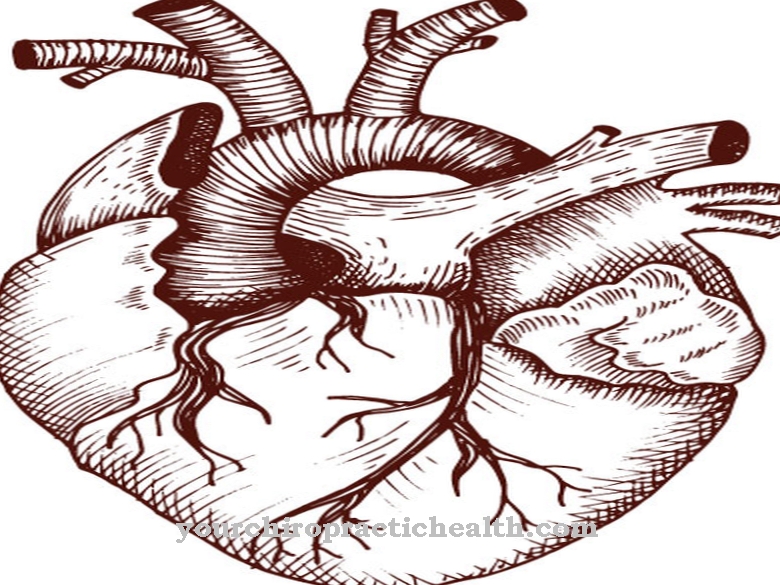The importance of Connective tissue for the skin, it becomes clear to most people when changes in the structure of the skin become noticeable. These are mostly based on the natural aging of the connective tissue and make the skin appear slacker and dull. The connective tissue is not only responsible for the aesthetics of the skin.
What is connective tissue?
Basically, dermatologists and medical professionals as well as beauticians understand the term connective tissue a collection of very different types of tissue.
In addition, the connective tissue is not only located in the outer shell of the body. The connective tissue has a very important function inside the organism and covers organs in very different ways. Therefore, depending on the consistency of the fiber components, the connective tissue is categorized as either supporting, bone or cartilage tissue.
All human and animal bodies cannot do without connective tissue, so that connective tissue is an extremely important and frequently occurring type of skin.
Anatomy & structure
The connective tissue is divided into loose, tight, collagenous and reticular structures depending on the nature of the structure. The cytological basis for the connective tissue are always connective tissue cells, the substances between the individual cells and different fiber components.
The organic parts that are found between the cells of the connective tissue are also referred to as inter (inter = between) cellular substances. The connective tissue cells can be so pronounced that they are firmly embedded or can leave their position.
Within the anatomy of the connective tissue, primarily protein structures are found which are made up of collagen. Collagen has a spiral shape and gives meat its coarse, sometimes elastic properties and its toughness. Some connective tissue cells also have a round shape.
Functions & tasks
The functions of the connective tissue are quite extensive. This is also the reason why the cells of the connective tissue have such a differentiated structure.
The connective tissue initially serves as a sliding and sliding medium and serves as a boundary between different organs. The connective tissue takes on another function by providing support and stabilization. This ability relates to the connective tissue found in muscles, blood and lymph vessels and nerves. The connective tissue is also involved in the histological structure of many organs.
Since not all connective tissue is made up of one and the same cell type, it can also store special metabolic products. The connective tissue is also able to produce special endogenous substances.The connective tissue is a complex structure that takes over the supply of other tissue cells with nutrients and oxygen.
The connective tissue is able to absorb astonishing amounts of water and fat and closes the open wound area if the skin is injured. This process is partly reflected in the formation of scars from connective tissue. Due to the solid combination of the individual components in connective tissue, pathogens cannot break through the skin barrier.
Diseases
Quite a common disease, which in connective tissue can occur is the weakness of the connective tissue. The properties of the connective tissue are largely determined genetically. Some connective tissue disease triggers are also acquired.
This applies, for example, to scurvy and rheumatoid arthritis. A breakdown of connective tissue occurs through long periods of hunger and a lack of movement (weightless space). Tumors that grow in connective tissue are known as fibromas or lipomas. The tumors in the connective tissue, which are characterized by a malignant course, are fibro-, lipo- or rhabdosarcomas.
Glass bone disease, Ehlers-Danlos syndrome and Marfan syndrome are considered to be hereditary diseases in connective tissue. All in all, diseases in connective tissue are summarized under the designation collagenoses, because in almost every case impairment of the collagenous structures of the connective tissue are the causal triggers.
In the case of glass bone disease, changes in the genetic information lead to a reduced formation of collagenous substances. As a result, the connective tissue has insufficient stability and elasticity, so that bones can break under the slightest mechanical influences.
Other very specific diseases of connective tissue include polymyalgia rheumatica, a weakness of the ligaments, hypermobility syndrome with inflammation of the blood vessels and Sjögren's syndrome.
Typical & common diseases
- Stretch marks
- Progressive systemic scleroderma
- Stretch marks
- Cellulite (orange peel)


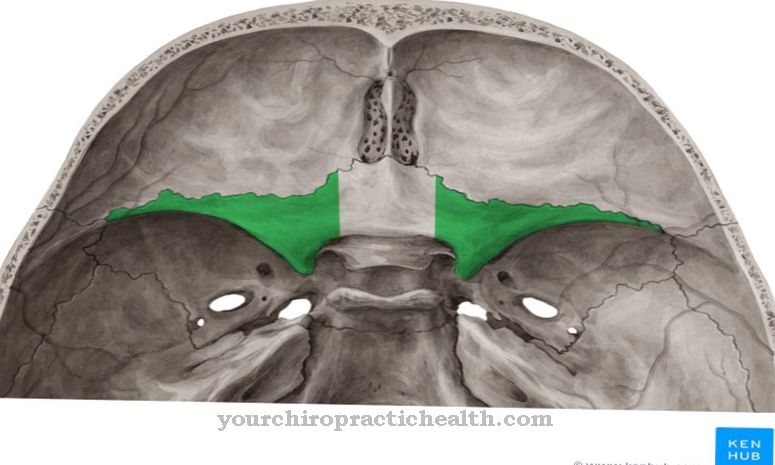
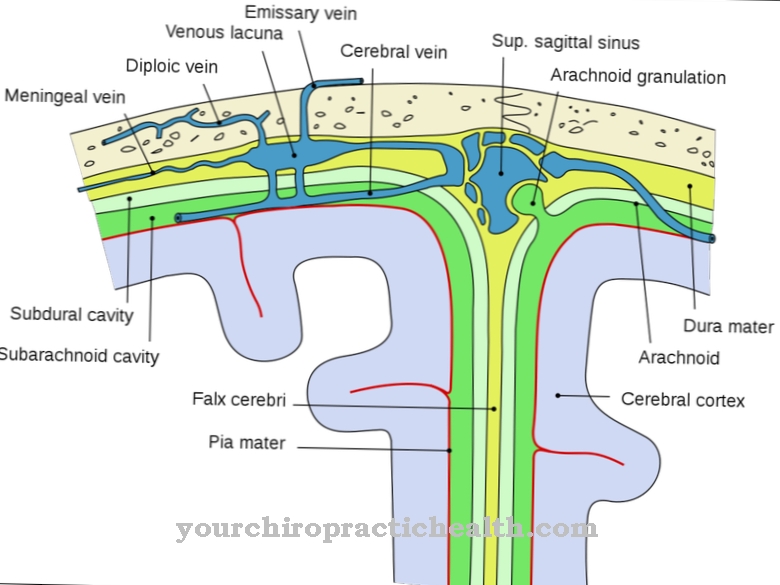

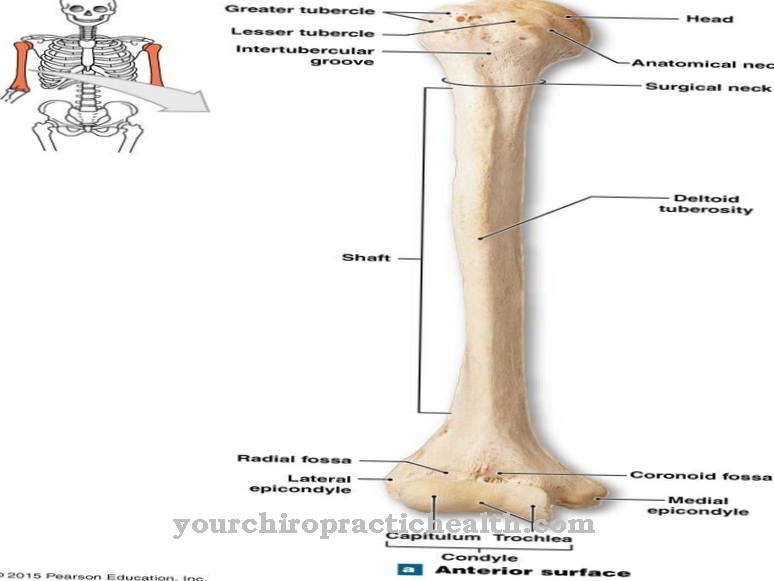
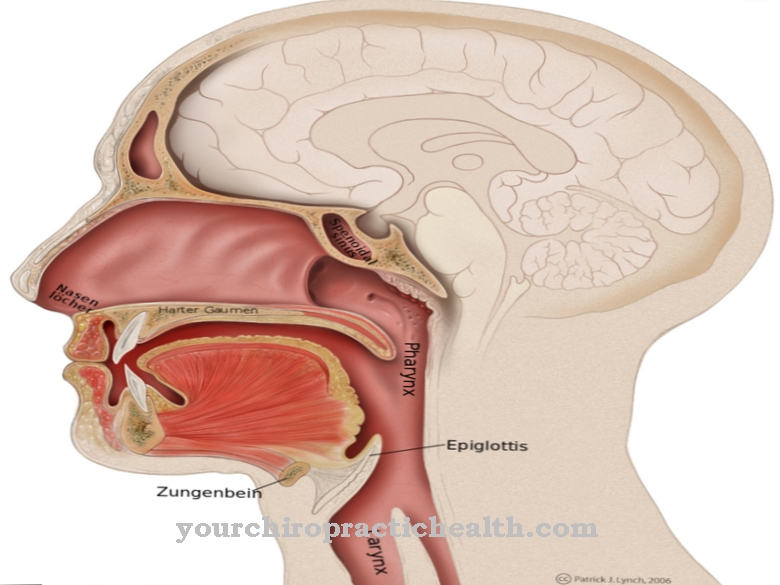




.jpg)

.jpg)

